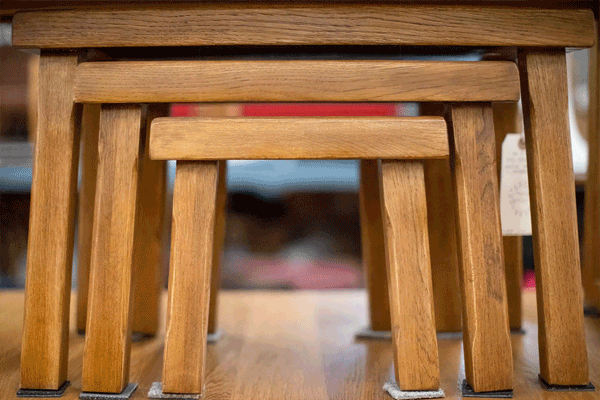Alternative angioplasty route gains favor
- Share via
Performing angioplasty and angiography through the radial artery of the arm is as effective as the traditional method of entering through the femoral artery of the groin, but has fewer complications and is more comfortable for the patient, researchers reported Monday.
And for rescue operations performed while the patient is suffering a heart attack caused by a complete blockage of a coronary artery, using the radial artery is superior, the researchers said at the annual scientific meeting of the American College of Cardiology in New Orleans.
The results are likely to increase the use of the radial artery in the United States, which was already becoming more common, said Dr. Kimberly A. Skelding, an interventional radiologist at Geisinger Medical Center in Danville, Pa., and a spokeswoman for the Society for Cardiovascular Angiography.
“Even if both [approaches] are completely equivalent, patients will choose the approach that is more comfortable and that allows them to get back to their normal activities as soon as possible,” said Skelding, who was not involved in the research.
An estimated 3 million coronary angiograms and angioplasties are performed in the United States each year to look for blockages in coronary arteries and to open them with a tiny balloon. The radial artery is currently used in less than 5% of them. Worldwide, 7 million angiograms are performed each year, and the radial artery is used in about 20% of those cases.
Using the radial artery has been highly controversial since it was introduced in 1993, according to an editorial accompanying the report in the online version of the journal Lancet. The radial artery is smaller than the femoral artery so using it requires greater skill. Until now, there hasn’t been adequate data to compare the two approaches, Drs. Carlo Di Mario and Nicola Viceconte of the Royal Brompton Hospital in London wrote.
A team headed by Dr. Sanjit Jolly of McMaster University’s DeGroote School of Medicine in Hamilton, Canada, studied 7,021 patients at 158 hospitals in 32 countries. The patients, undergoing angiography or angioplasty, were randomly assigned to use the femoral artery or the radial artery.
By 30 days after the procedure, 3.7% of the patients in the radial artery group had suffered death, heart attack, stroke or major bleeding, compared with 4% of those in the femoral artery group. But those in the radial artery group were 60% less likely to experience major artery complications, such as hematomas and pseudoaneurysms that required patching when using the radial artery, Jolly reported.
In rescue procedures performed in patients suffering a heart attack, patients who received the radial artery procedure were 61% less likely to suffer a stroke, a second heart attack or death within 30 days after the procedure.
Improvements in femoral access — such as devices and plugs to close the groin artery and the use of smaller needles — have made the procedure more comfortable for patients and reduced the time they must lie perfectly still afterward, said Dr. Raj Makkar, director of the Cedars-Sinai Heart Institute in Los Angeles.
Nonetheless, recipients must restrict their activities for up to a week to prevent reopening the artery. Using the radial artery doesn’t require any closure devices, patients are up quicker, and there are few restrictions afterward.
The new findings “will have a significant impact because of patient comfort issues and because the risk of bleeding is less,” said Makkar, who was not involved in the study. “We can expect more people will want it in the future.”
More to Read
Sign up for The Wild
We’ll help you find the best places to hike, bike and run, as well as the perfect silent spots for meditation and yoga.
You may occasionally receive promotional content from the Los Angeles Times.









